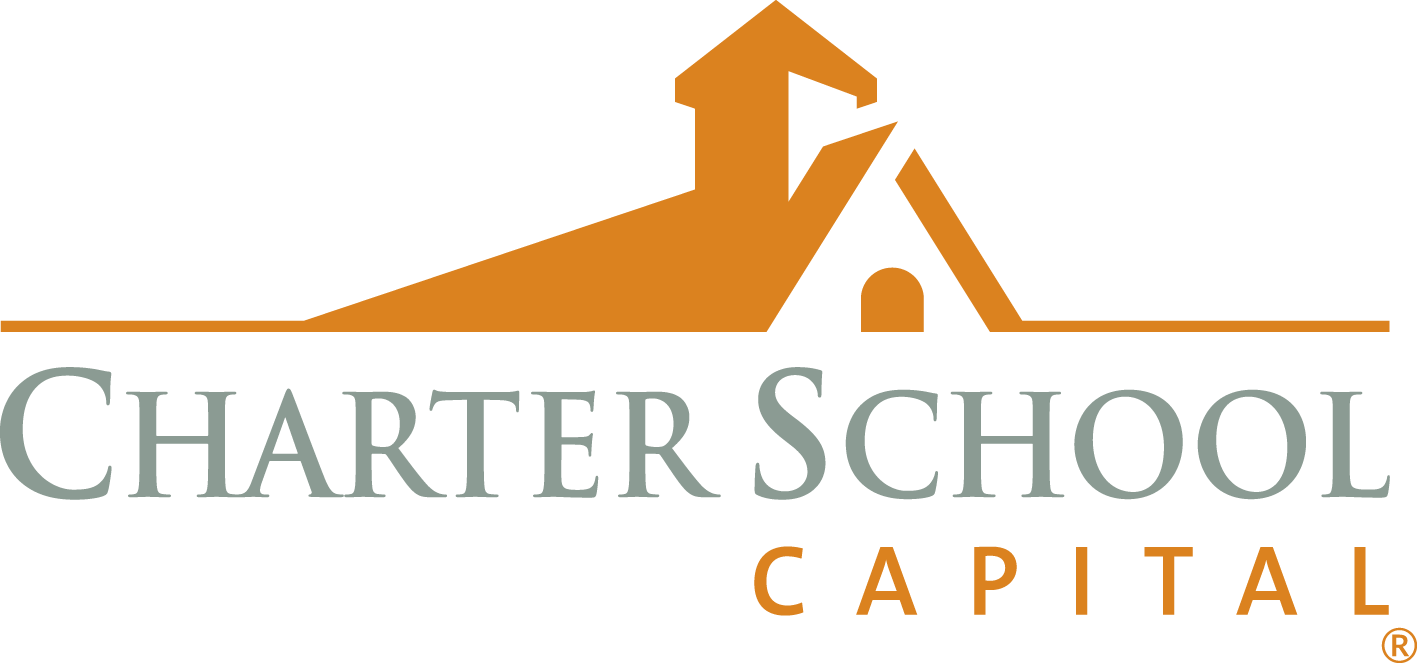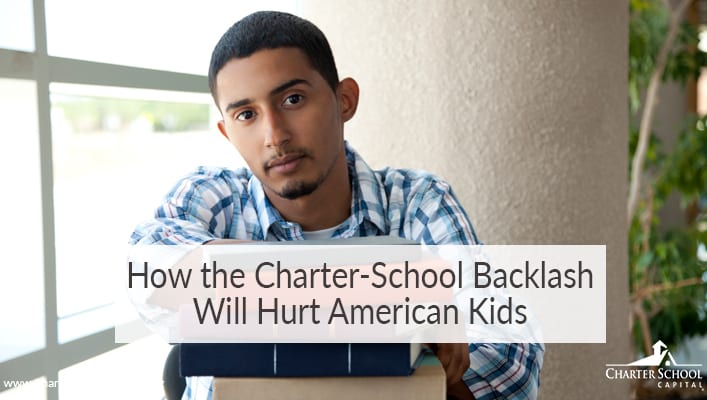How the Charter-School Backlash Will Hurt American Kids
Editor’s Note: This article was originally published here, on June 21st, 2019 by New York Daily News and was written by Nina Rees, the president and CEO of the National Alliance for Public Charter Schools.
We think it’s vital to keep tabs on the pulse of all things related to charter schools, including informational resources, and how to support school choice, charter school growth, and the advancement of the charter school movement as a whole. We hope you find this—and any other article we curate—both interesting and valuable.
The charter-school backlash will hurt kids across America
This graduation season, millions of students are celebrating as years of hard work finally pay off in high school diplomas and college degrees. But the feeling isn’t universal. For many students, graduation season is a reminder that they haven’t reached their goals. A combination of inadequate schools, limited economic circumstances and troubled social conditions drive students off track. Even for many high school graduates going on to college, the cruel reality is that, for those from the lowest-income families, they’re unlikely to graduate from college. The next few years may lead to more debt, but not more opportunity.
We should be incensed by this heartbreaking reality. We should be demanding solutions. Instead, political leaders, including presidential candidate Bernie Sanders, want to close off one of the few paths that lead disadvantaged students to college success.
The facts are laid out in a new book, “The B.A. Breakthrough: How Ending Diploma Disparities Can Change the Face of America.” Author Richard Whitmire identifies high schools that are helping students beat the college odds. Despite educating students from predominately low-income backgrounds, these schools are preparing students to graduate not just from high school but from college.
Whitmire shows that networks of charter schools — public, but independent of local bureaucracies and unions — are producing college graduates at a rate two to four times higher than the average for all students from similar socioeconomic backgrounds. A few novel things are happening in charter schools to produce these positive outcomes.
One is that many charter schools instill a college-going mindset early. College banners line hallways and homerooms are named after colleges — even in elementary school. Students have their sights set on college and are continually told they have the power to reach their goal.
A second factor driving college success is that charter schools have continuous improvement in their DNA. Some of the most successful charter school networks found that they were getting students to college but that their students were struggling when they got there, undermined by the lack of support and supervision on campus. So these networks have put an emphasis on supporting students in college, for instance by extending the guidance relationship with students into college and by plugging graduates into alumni networks on campus.
A third factor is that charter schools are focusing more of their counseling on helping students find the right college fit for them. Historically black colleges and universities, smaller colleges, schools with strong alumni networks, schools closer to home or farther from home depending on the circumstances: Finding the right fit can make a huge difference for students who are the first in their family to go to college or who are from underrepresented backgrounds and report feeling isolated when they go to majority white and wealthy campuses.
Rich Buery, a former deputy mayor of New York City who now heads policy for KIPP, identifies college counseling as a major driver of KIPP’s successful efforts to help more alumni graduate from college. He notes that the average student-to-counselor ratio nationwide is 482 to 1 — and often higher in urban public high schools. It’s almost impossible for students to get the attention they need to identify schools where they can be successful, let alone apply to them and gain admission.
At KIPP, the average student-to-counselor ratio is 100 to 1. According to Buery, “This is a significant resource commitment and we have seen it pay off.” Forty-five percent of students who graduate from KIPP high schools graduate from college, compared to 11% of students from similar socioeconomic backgrounds. One of the great benefits of charter schools is that they have more freedom to direct resources to areas where they see the greatest need, not necessarily where the district bureaucracy decides the money should be spent.
The college success rates for graduates of KIPP, Uncommon Schools, Yes Prep and others are reason to celebrate, to share new approaches with other schools, and to keep pressing until we close the college gap completely.
Unfortunately, the latest trend — from New York City to California and several places in between — has been to halt charter school growth. Sanders has even put charter-bashing at the center of his presidential campaign platform. He wants to make college free, but won’t support the schools that are making college accessible to students from disadvantaged backgrounds.
It’s odd, to say the least, that some adults are more concerned with supporting bureaucracies than with supporting students — especially when there are millions of black and brown students who can’t even dream of college because their schools aren’t preparing them to get there, and when wealthy kids are six times more likely to graduate from college than poor kids.
Charter schools are making college success a real possibility for the 3.2 million students attending them today. Anybody truly committed to upending the status quo in our country and extending opportunity to more Americans should be asking how we can help more students access life-changing charter schools and feel the pride of college graduation.
 Since the company’s inception in 2007, Charter School Capital has been committed to the success of charter schools. We help schools access, leverage, and sustain the resources charter schools need to thrive, allowing them to focus on what matters most – educating students. Our depth of experience working with charter school leaders and our knowledge of how to address charter school financial and operational needs have allowed us to provide over $1.8 billion in support of 600 charter schools that have educated over 1,027,000 students across the country. For more information on how we can support your charter school, contact us. We’d love to work with you!
Since the company’s inception in 2007, Charter School Capital has been committed to the success of charter schools. We help schools access, leverage, and sustain the resources charter schools need to thrive, allowing them to focus on what matters most – educating students. Our depth of experience working with charter school leaders and our knowledge of how to address charter school financial and operational needs have allowed us to provide over $1.8 billion in support of 600 charter schools that have educated over 1,027,000 students across the country. For more information on how we can support your charter school, contact us. We’d love to work with you!

